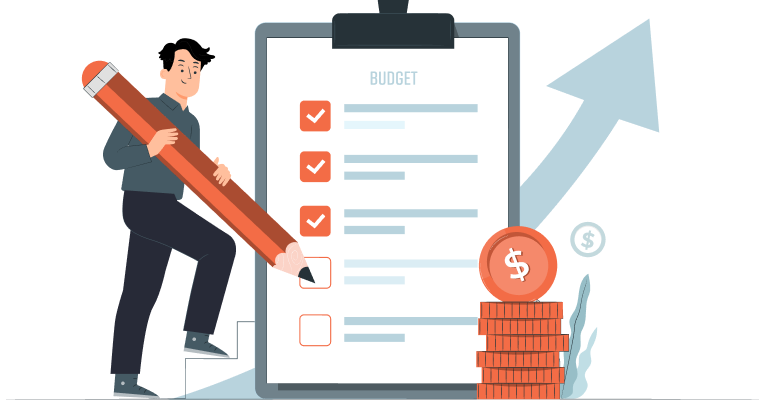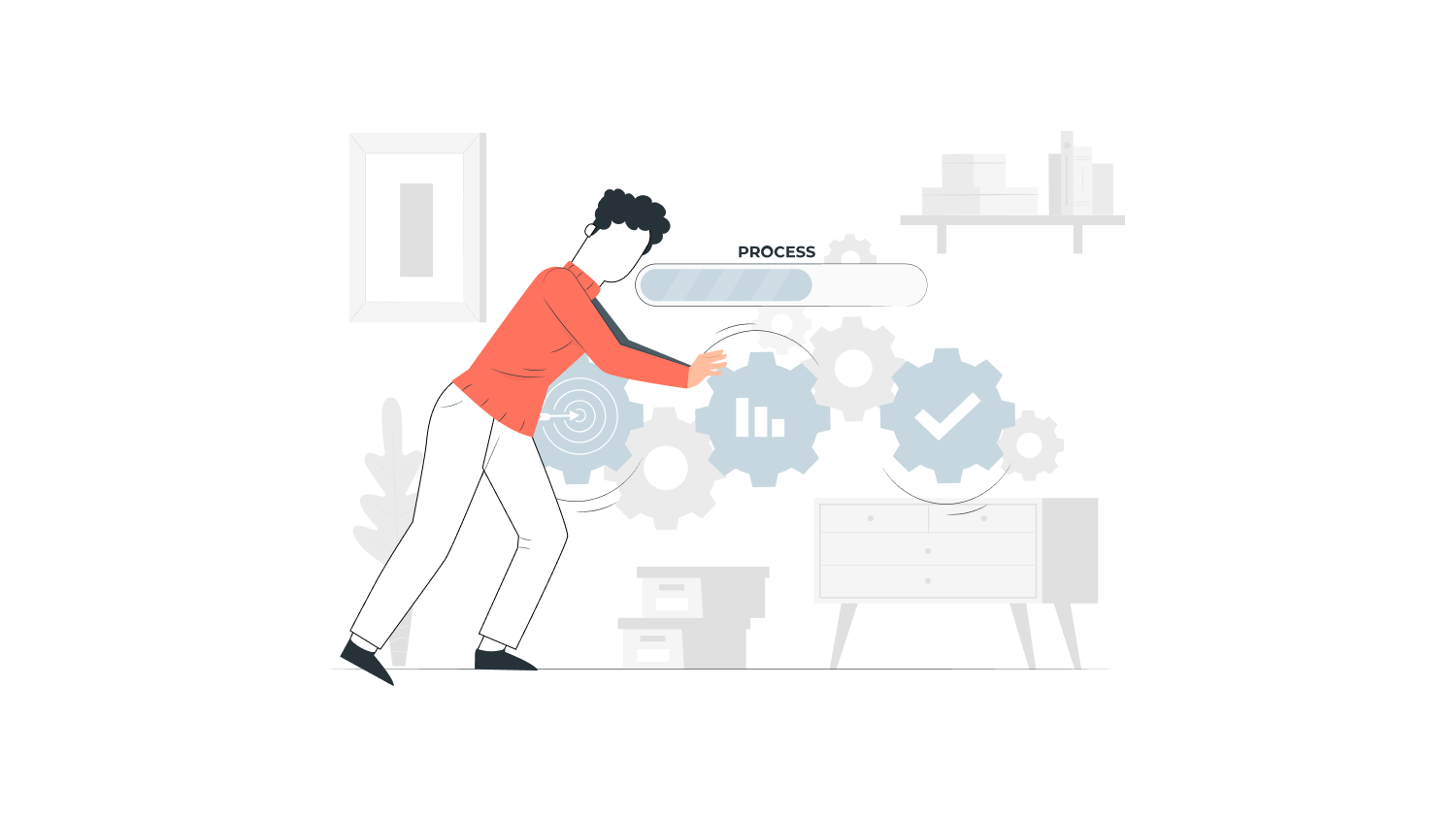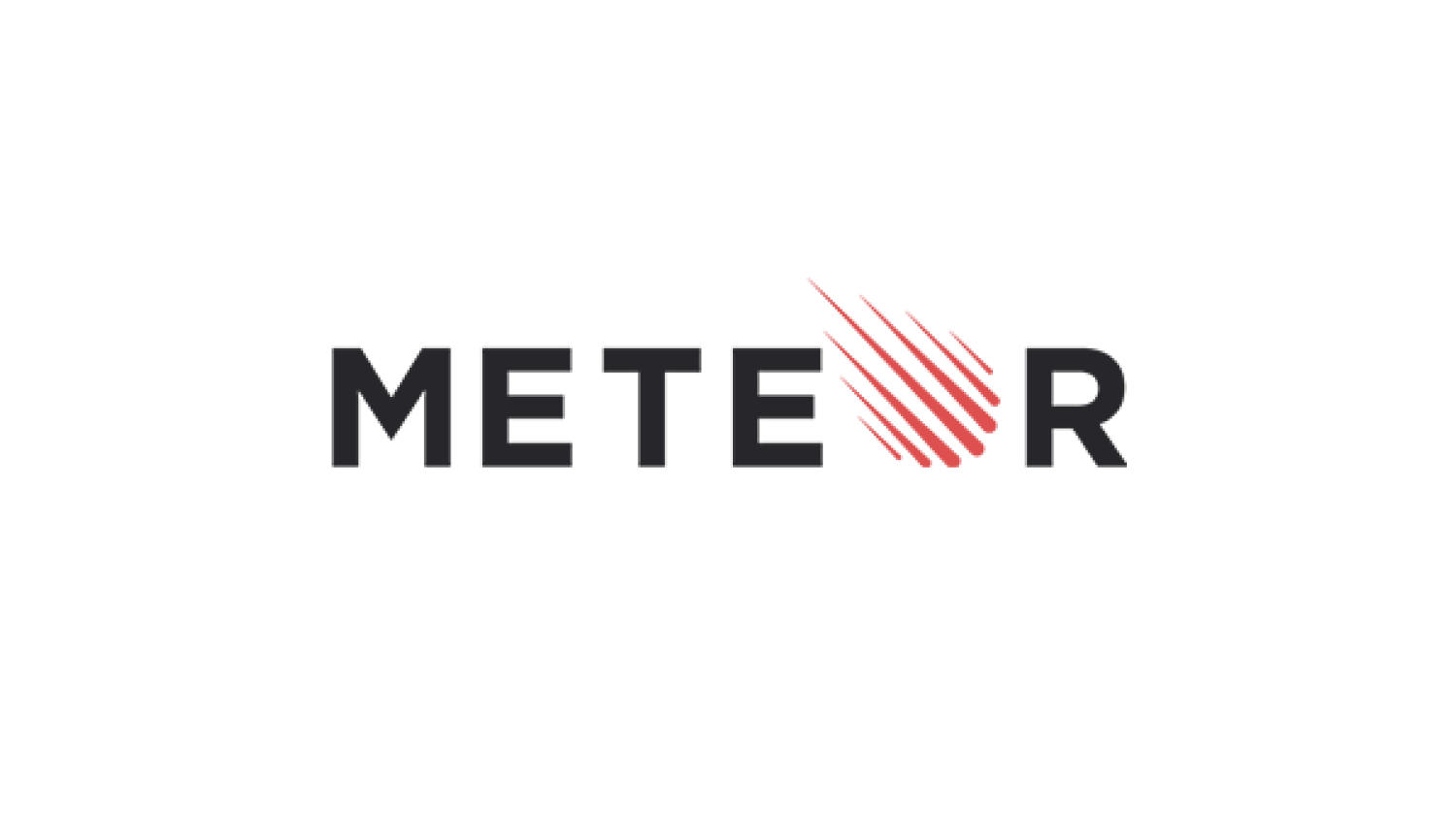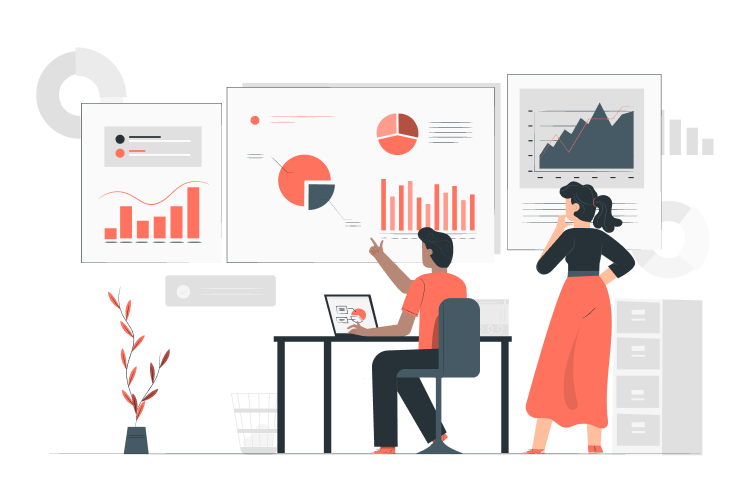Has your product ever been constrained by budget? You’re not alone. One of the major reasons why products fail is poor budgeting.
A study by the Harvard Business Review found that 70% of new product launches fail to meet their financial goals.
Accurate budget estimations are crucial for your product’s success. A well-planned budget ensures that resources are allocated effectively, projects stay on track, and stakeholders remain satisfied.
In this blog, we’ll discuss budget estimations for product development costs to help you plan your product budget hassle-free.
Let’s get started.
1. Understand your project requirements
When it comes to budget estimation, understanding project requirements is crucial. Without a clear understanding of the project’s scope, goals, and objectives, it’s impossible to accurately estimate the budget.
It’s essential to have a clear understanding of the project’s requirements. This includes
- The project’s scope
- Goals
- objectives
- Any specific requirements or constraints that may impact the project’s budget.
Without a clear understanding of these requirements, it’s impossible to accurately estimate the budget.
To gain a clear understanding of project requirements, it’s important to engage in open and honest communication with all stakeholders involved in the project. This includes the project owner, designers, contractors, and any other parties involved.
By engaging in open communication, you can gain a better understanding of the project’s goals and objectives, as well as any specific requirements or constraints that may impact the project’s budget.
2. Ask the right questions
One of the keys to proper budget estimations is asking the right questions. This involves asking open-ended questions that encourage stakeholders to share their thoughts and ideas about the project.
By asking the right questions, you can gain a better understanding of the project’s goals and objectives, as well as any specific requirements or constraints that may impact the project’s budget.
Some examples of questions to ask include:
- What are the project’s goals and objectives?
- What are the specific requirements or constraints that may impact the project’s budget?
- What are the project’s timelines and deadlines?
- What are the project’s risks and challenges?
- What are the project’s priorities?
3. Get experts to overview
Experience plays a crucial role in budget estimations. Experienced project managers have a wealth of knowledge and expertise that can be used to gain a better understanding of the project’s requirements.
This includes knowledge of industry standards, best practices, and common challenges that may impact the project’s budget.
By leveraging their experience, contractors and project managers can ask the right questions, identify potential risks and challenges, and develop a more accurate budget estimation.
This can help ensure that the project is completed on time, within budget, and to the satisfaction of all stakeholders involved.
4. Understand the factors affecting development costs
You need to know where you will be spending your money and where you can cut it down without affecting productivity. The factors that affect development costs are:
- Labor Costs
The cost of labor is a significant factor in development costs. This includes how many hours the developer or our team of developers works on these projects.
- Equipment Costs
The cost of equipment is another factor that can impact development costs. This includes the cost of purchasing or renting equipment, as well as the cost of maintaining and repairing equipment.
- Overhead Costs
Overhead costs are the indirect costs associated with a project, such as rent, utilities, and insurance. These costs can add up quickly and impact the overall development costs.
- Design Complexity
The complexity of the project’s design can also impact development costs. More complex designs may require more labor, materials, and equipment, which can increase development costs.
- Regulatory Requirements
Regulatory requirements, such as building codes and environmental regulations, can also impact development costs. Compliance with these requirements can add additional costs to the project.
5. Choose the right estimation technique
Estimating the budget for software services can be a challenging task. There are several factors to consider, including labor costs, material costs, vendor fees, and overhead costs. The most common estimation techniques used in software services budget estimation are;
Three-point estimation technique
The three-point estimation technique is popular in software services budget estimation. This technique involves estimating the best-case scenario, worst-case scenario, and most likely scenario for each task or activity involved in the project.
The formula for calculating the estimated cost is:
Estimated Cost = (Best Case + 4 x Most Likely + Worst Case) / 6
This technique has the advantage of reducing the chance of an inflated estimate and is one of the simple yet accurate software development cost and time estimation techniques.
Bottom-up estimation technique
The bottom-up estimation technique involves breaking down the project into smaller, more manageable tasks or activities. Each task or activity is then estimated individually, and the estimates are added together to arrive at the total project cost. This technique is useful for complex projects with many different tasks or activities.
Analogous estimation technique
The analogous estimation technique involves using historical data from similar projects to estimate the cost of the current project. This technique is useful when there is limited information available about the current project. The accuracy of this technique depends on the similarity of the current project to the historical projects used for estimation.
Expert judgment technique
The expert judgment technique involves consulting with experts in the field to estimate the cost of the project. This technique is useful when there is limited information available about the project or when the project is highly specialized. The accuracy of this technique depends on the expertise of the individuals consulted.
6. Follow Best Practices
Several best practices can help ensure that the budget estimation is accurate and reliable.
- Break down the project into smaller tasks
Breaking down the project into smaller tasks is another best practice for budget estimation of software services. This allows you to estimate the cost of each task individually and ensure that all costs are accounted for. It also helps to identify any potential risks or challenges that may impact the project’s budget.
- Use multiple estimation techniques
Using multiple estimation techniques is another best practice for budget estimation of software services. This allows you to compare and validate the estimates obtained from different techniques, ensuring that the budget estimation is accurate and reliable. It also helps to identify any potential risks or challenges that may impact the project’s budget.
- Involve all stakeholders
Involving all stakeholders in the budget estimation process is another best practice for budget estimation of software services. This includes the project owner, designers, developers, and any other parties involved. By involving all stakeholders, you can ensure that all costs are accounted for and that the budget estimation is accurate and reliable.
- Consider contingency planning
Contingency planning is another best practice for budget estimation of software services. This involves setting aside a portion of the budget for unexpected costs or risks that may arise during the project. By considering contingency planning, you can ensure that the project is completed on time, within budget, and to the satisfaction of all stakeholders involved.
Wrapping up
Understanding project requirements is essential when it comes to budget estimation for projects.
By engaging in open communication, asking the right questions, leveraging experience, and identifying potential risks and challenges, contractors and project managers can develop a more accurate budget estimation.
This can help ensure that the project is completed on time, within budget, and to the satisfaction of all stakeholders involved.
Budget estimations become a breakthrough when you use a product blueprint. You will have an idea of what you need at every stage of the product life cycle.
Looking for experienced personnel to build a product blueprint? We’ll help you, give us a call.
FAQs
How can I estimate product development costs accurately?
Break down tasks, consider labor, materials, prototypes, testing, and contingencies.
What are common mistakes to avoid when estimating product development costs?
Underestimating complex tasks, ignoring design changes, and overlooking hidden costs.
How can I control product development costs without compromising quality?
Identify areas to optimize costs, consider alternative materials/processes, and practice effective project management.
What are emerging trends or technologies impacting product development costs?
Additive manufacturing, cloud collaboration tools, remote working, modular design, and pre-built components/software libraries.




